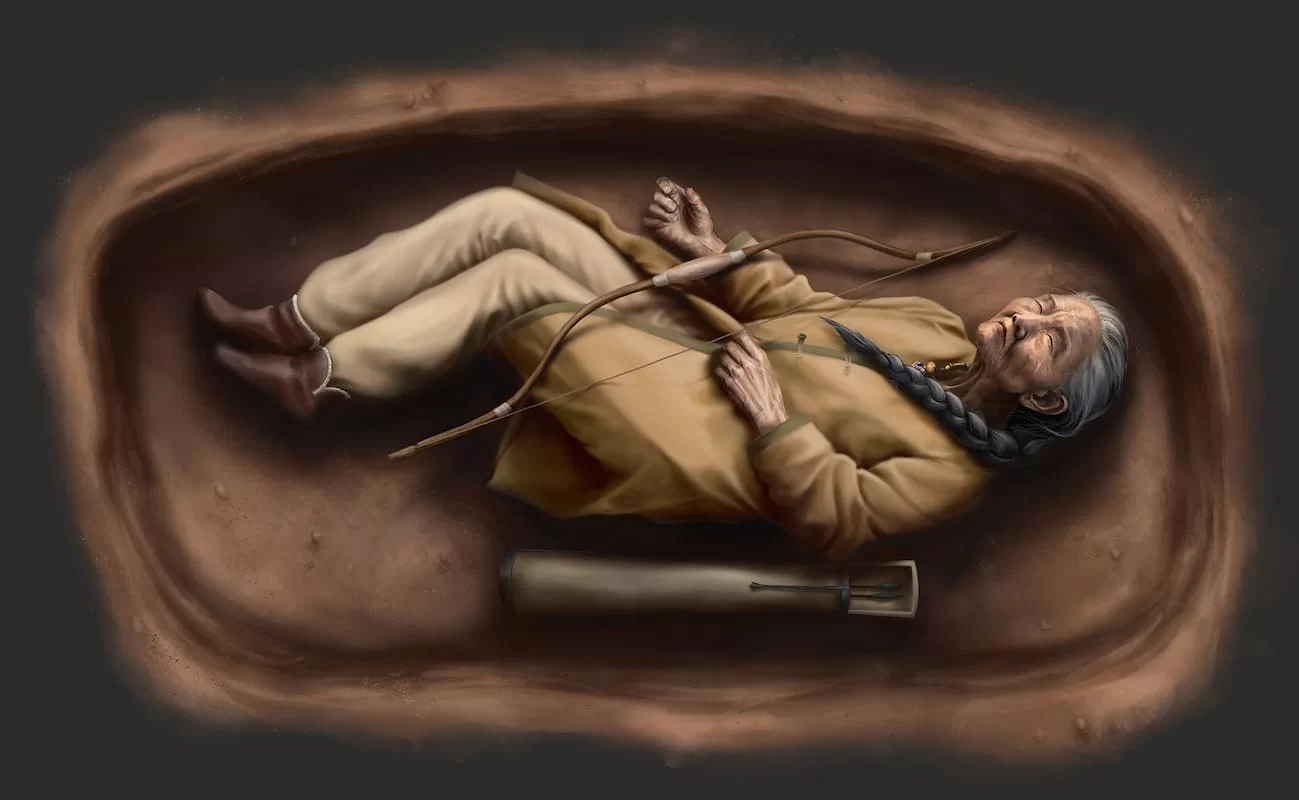Unveiling a Groundbreaking Find
A team of archaeologists, led by Balázs Tihanyi from the University of Szeged and the Institute of Hungarian Research, has identified the first known female burial with weapons in Hungary. The tomb, located in the Sárrétudvari-Hízófóld Cemetery in Hajdú-Bihar County, dates back to the 10th century, during the era of the Hungarian Conquest.
Historical Context: The Hungarian Conquest
The Magyars, originally from the Eurasian steppes, migrated to the Lower Danube region around 830 AD. By the late 9th or early 10th century, they had settled in the Carpathian Basin, quickly establishing dominance and forming the Kingdom of Hungary by the century’s end. Hungarian mounted archers gained a formidable reputation across Europe, and warrior burials from this period commonly include weapons such as bows, arrows, axes, spears, and sabres.
A Pioneering Female Warrior?
The presence of weapons in female burials has long been a subject of debate among scholars. While past discoveries of women interred with weapons have been made—particularly in Sarmatian and Avar contexts—these finds typically included only one weapon or symbolic items, leaving uncertainty about whether the women were warriors.
Scientific Investigation and Findings
The study, published in PLOS ONE, focused on tomb SH-63, originally excavated between 1983 and 1985 but recently re-examined using advanced archaeological and genetic techniques. Due to poor skeletal preservation, determining the individual’s sex through traditional methods was challenging. While the skull displayed some feminine features, previous studies had deemed this insufficient for classification. However, genetic analysis provided conclusive evidence: the remains belonged to a female.
Artifacts and Unique Burial Practices
The burial inventory of SH-63 was relatively modest but distinct. Among the items recovered were a quiver, arrow fragments, a silver hair ring, glass beads, semi-precious stone beads, and a bow with a horn plaque. The grave’s unique object arrangement and the body’s slightly skewed position set it apart from others in the cemetery.
Challenging Traditional Perspectives
This discovery marks the first recorded instance of a female burial in the region containing a full set of weapons, raising important questions about the role of women in Hungarian society during the conquest. The findings provide new insights into gender roles, social structures, and the potential presence of female warriors in early medieval Hungary. As research continues, archaeologists hope to uncover more about the lives and status of women in this dynamic historical period.







